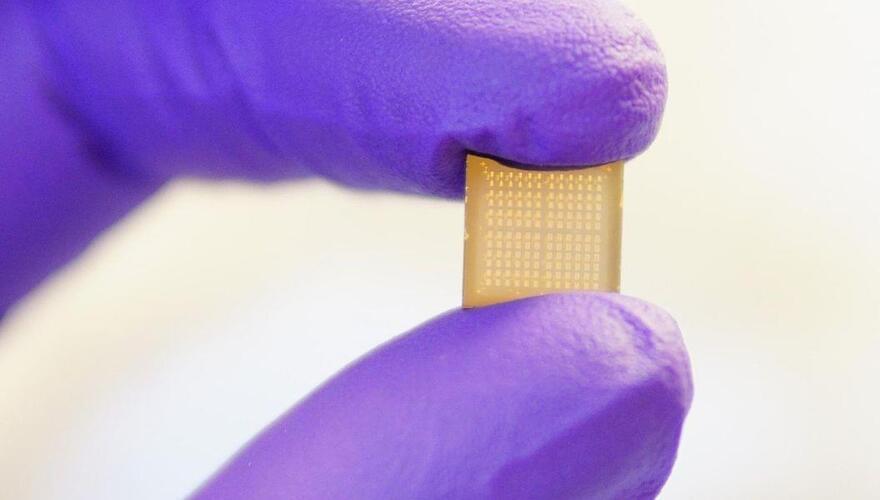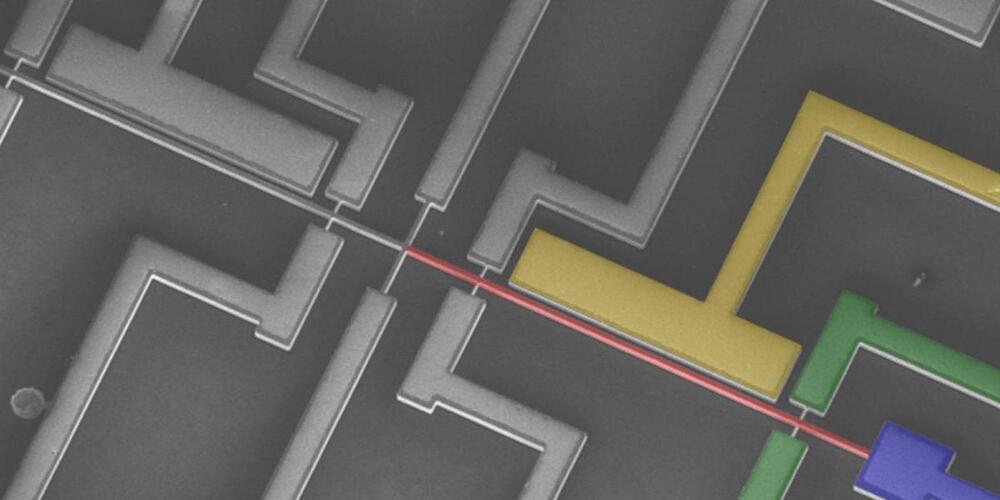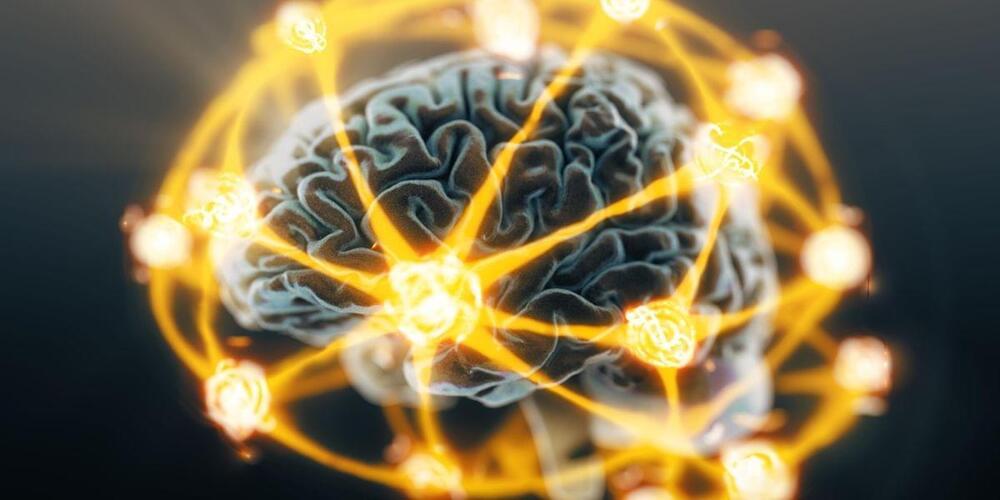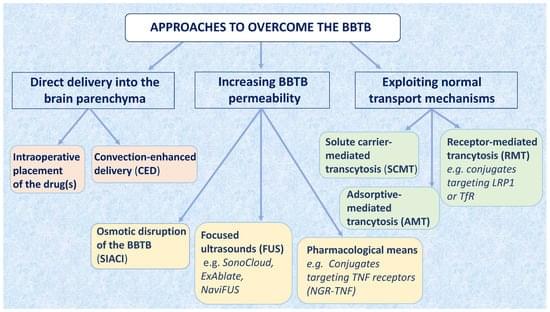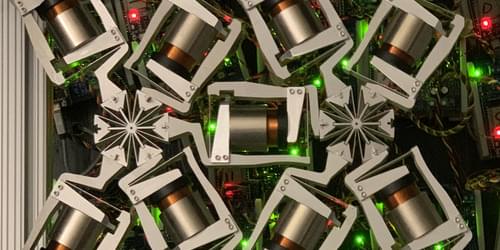The James Webb Space Telescope (JWST) and the W. M. Keck Observatory in Hawaii have taken images revealing clouds floating across the skies of Titan, Saturn’s largest moon. These images will help researchers understand weather patterns on Titan, the only world other than Earth known to have liquid oceans on its surface.
The left image was taken by JWST on 4 November. Near the top of the image is Kraken Mare, Titan’s largest known sea, flanked by two fluffy white clouds. It is currently summertime in Titan’s northern hemisphere, the time when clouds were expected to form most easily because of the increased sunshine on the surface. These observations confirm the presence of those seasonal clouds.
In an effort to find out whether the clouds were moving or changing shape, the JWST team reached out to researchers at the Keck Observatory and asked them to take follow-up observations. The image from Keck, taken on 6 November, is on the right.



